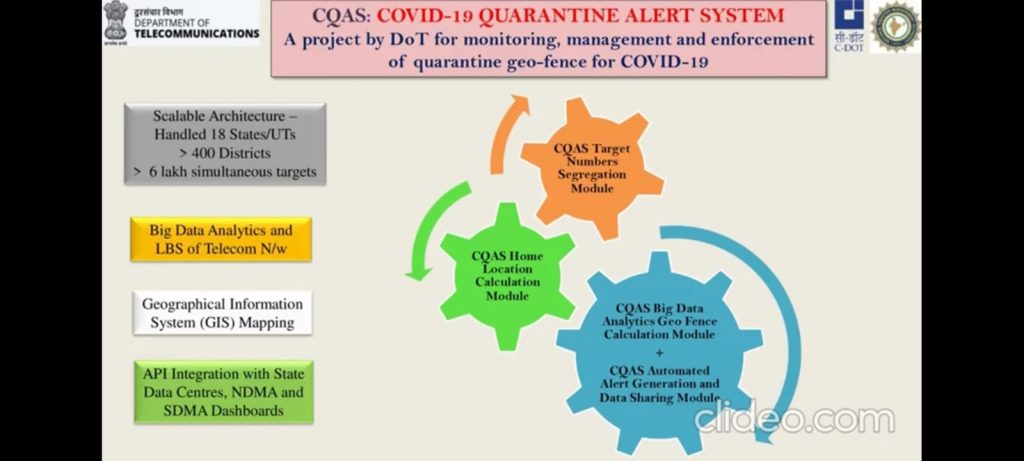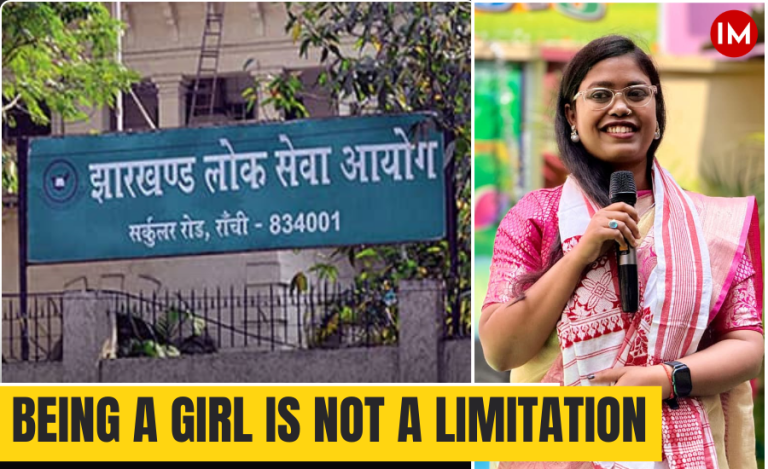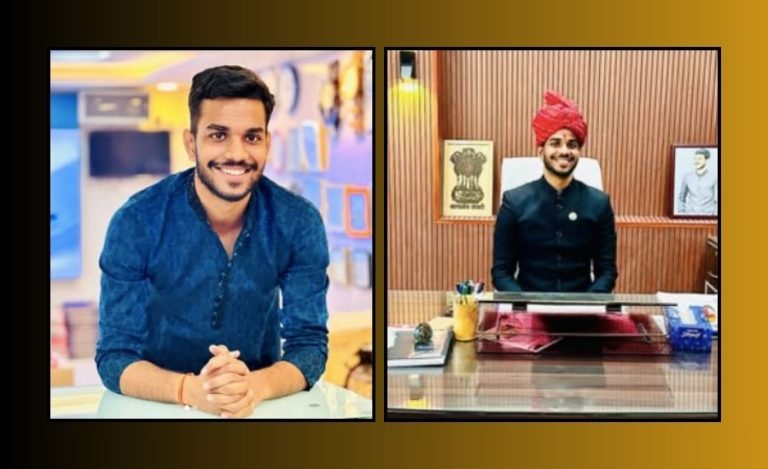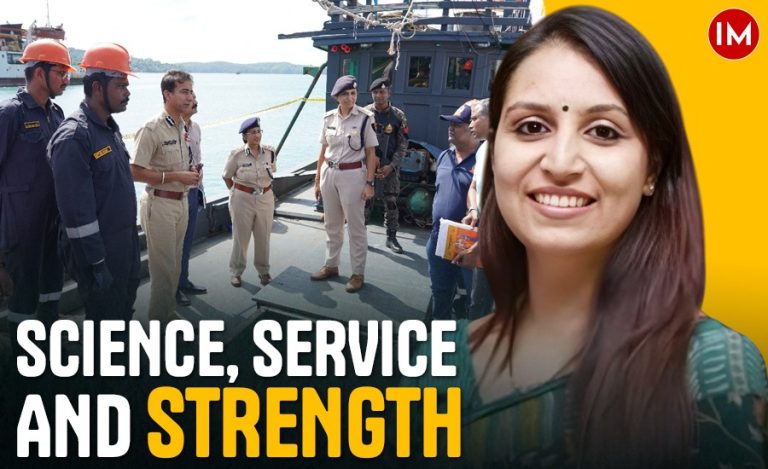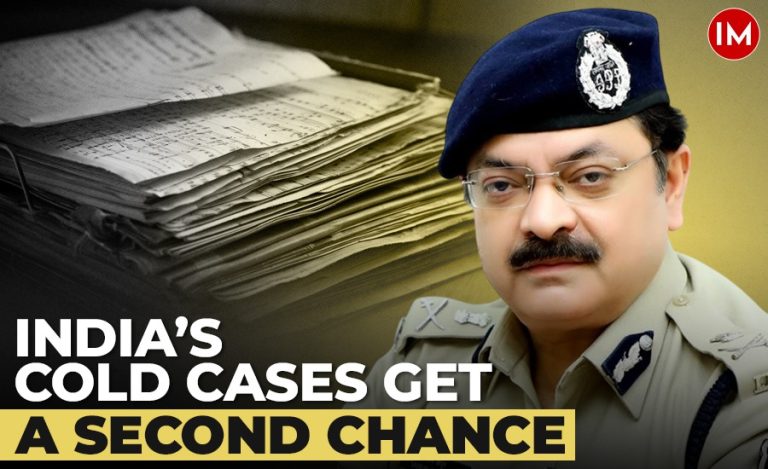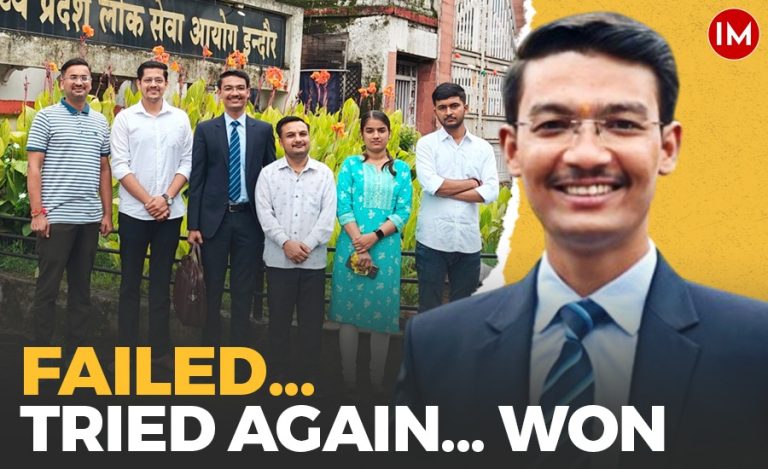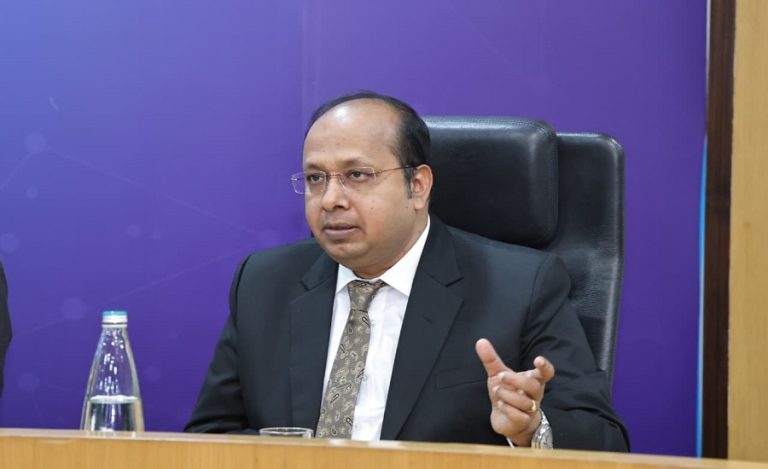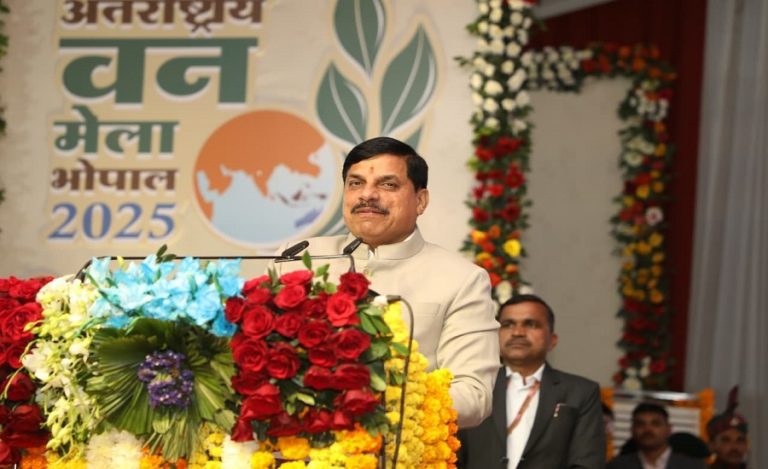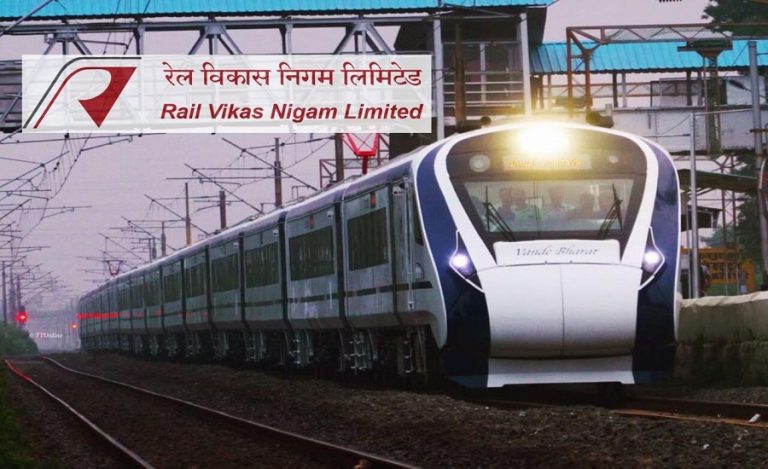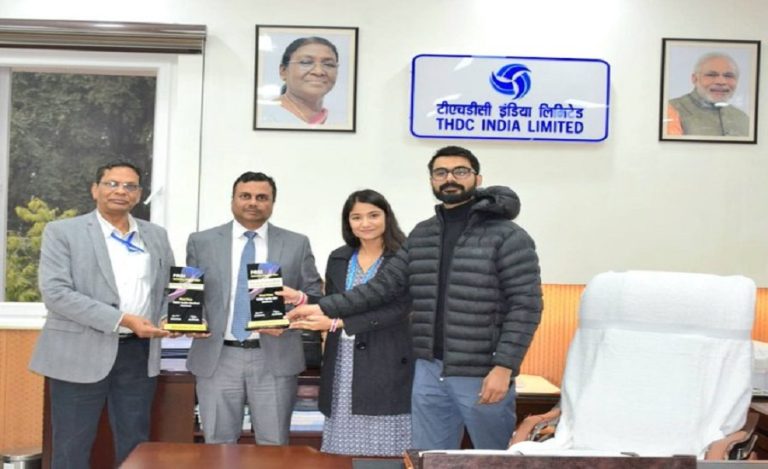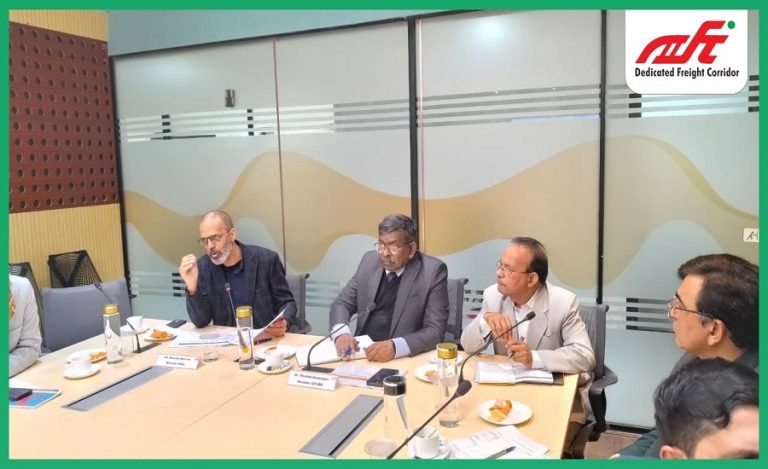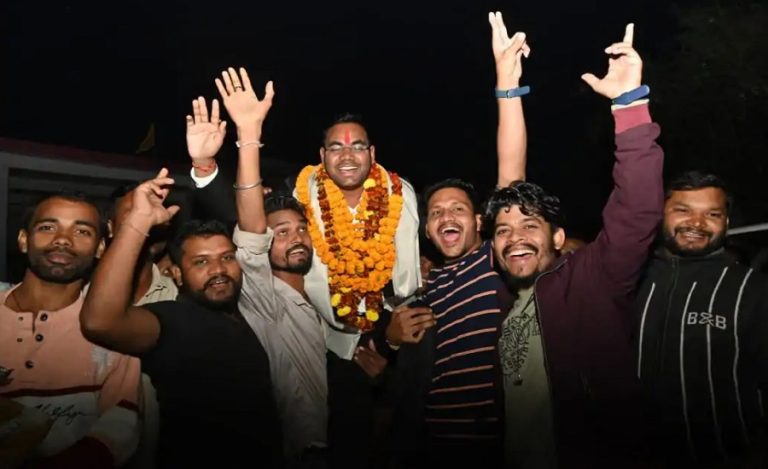The Covid-19 pandemic not only created havoc with lives but brought with it a sense of uncertainty as well. Both the first wave in 2020 and the second one in 2021 claimed innumerable lives and shook up the entire world. During those trying times, an ITS officer of the 2014 batch, Mr. Naveen Jakhar, went out of his way to help in curbing the spread of the virus through his innovative ideas.
In an exclusive conversation with Indian Masterminds, Mr. Jakhar talked about how he made apt use of telecommunication services and more, to curb the spread of the virus and save vulnerable lives.
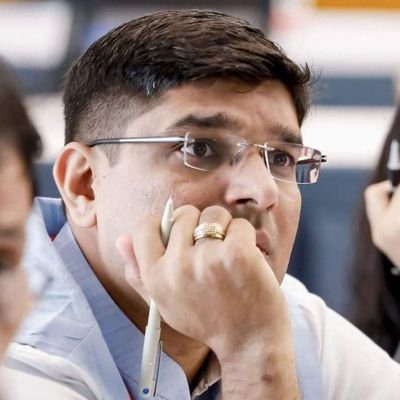
DESIGNING INNOVATIVE SOLUTIONS
Countries all over the world had implemented rigorous measures like lockdowns, isolation, keeping Covid-positive people under quarantine in institutional setups, etc., to stop the spread of the Covid-19 virus. India began adopting preventative measures for the containment of Covid-19 by screening visitors arriving from outside the country and urging them to stay in their homes or institutions for quarantine.
Beginning on March 24, 2020, Covid cases began to increase, and the country experienced an unprecedented total lockdown. In order to manage the quarantine of Covid-positive individuals and stop the virus from spreading, Mr. Jakhar played a crucial role in developing novel and indigenous ICT solutions. By ensuring real-time logistics management of medical oxygen supply, he helped to ensure the well-being of 1.4 billion Indians.
COVID-19 QUARANTINE MONITORING SYSTEM
When the country started facing issues in monitoring the people who were quarantined, multiple steps were taken to keep a track of them, such as making them wear wristbands on their hands that were equipped with GPS applications to keep a check, among others.
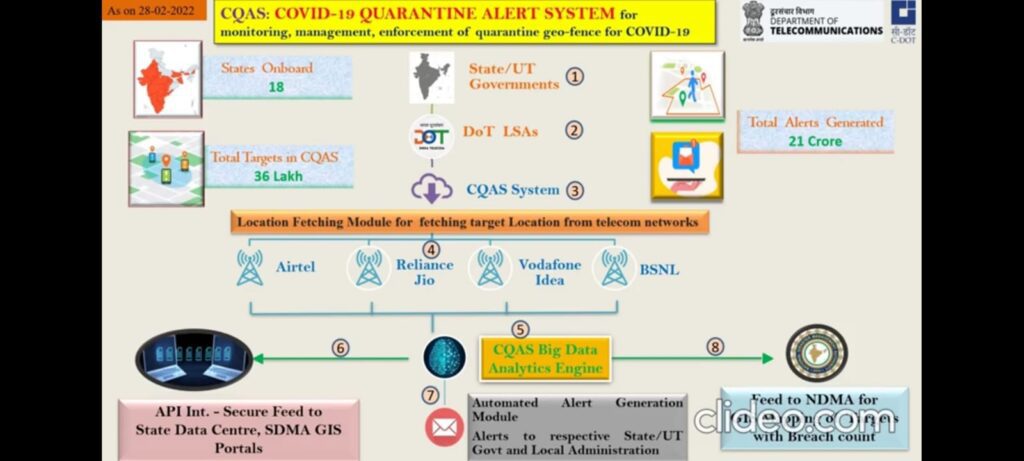
However, soon, the department realized that the poorer section of society and daily wage earners were the most vulnerable to catching the virus due to the limited resources that they had. Such people usually use traditional feature phones and not GPS-equipped smartphones.
“These people needed monitoring as well, so we devised CQAS (Covid-19 Quarantine Alert System) in such a comprehensive manner that we could track the location of a quarantined person to see whether he’s within his geo-location or not through the location-based services of various networks,” shared Mr. Jakhar.
According to him, the system did not require anyone to install any application on the user’s device or keep on updating locations and sharing selfies, as required by other apps. Moreover, the entire system was designed within two weeks.
“It was the utmost hassle-free solution to the problem. It was used in all three Covid-19 waves across 18 states. Through this, we helped all the 18 state governments in successfully quarantining over 36 lakh patients,” he shared with Indian Masterminds.
FIGHTING THE VIRUS DURING THE SECOND WAVE
Everyone remembers the second wave of the Covid-19 pandemic as the deadliest wave. As the Delta variant outbreak hit the country, the requirement for the oxygen supply rose exponentially. There was no centralized platform for monitoring the oxygen supply and how it was distributed across different hospitals.
To help with this, the officer and his team designed an oxygen distribution tracking system with the help of the Ministry of Transport and Highways, through which, as soon as a truck driver reached the oxygen plant, his and his helper’s mobile numbers were tracked through real-time monitoring and the position of their trucks could be tracked in real-time.
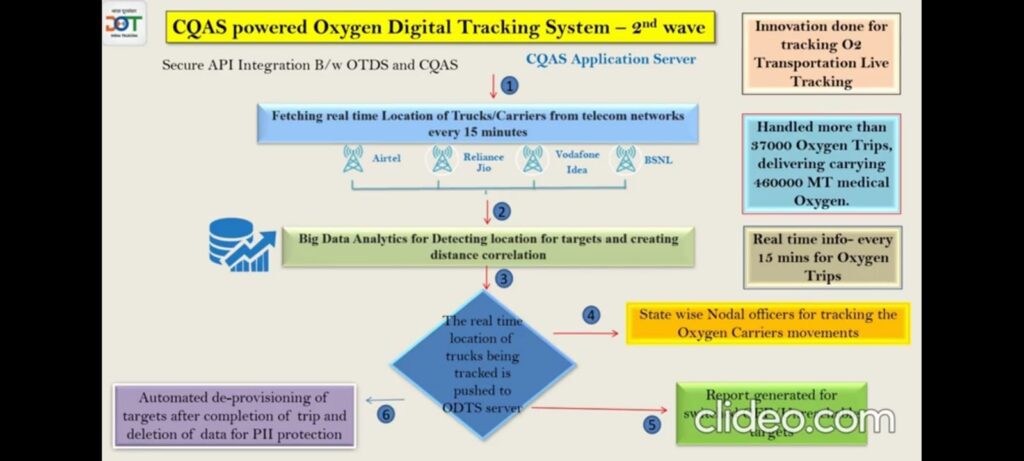
To help with this, the officer and his team designed an oxygen distribution tracking system with the help of the Ministry of Transport and Highways, through which, as soon as a truck driver reached the oxygen plant, his and his helper’s mobile numbers were tracked through real-time monitoring and the position of their trucks could be tracked in real-time.
Within 8-9 days, a complete pan-India rollout of the system was done and a real-time demand and supply chart was balanced. The team designed the complete system in less than 48 hours!
COVID-19 ALERT SYSTEM
Since the first wave, the government was looking at the aspect of social distancing under which they tried to ensure three things – the number of people in a crowded area; whether people were wearing their masks or not; if people were keeping the necessary six feet distance from each other or not.
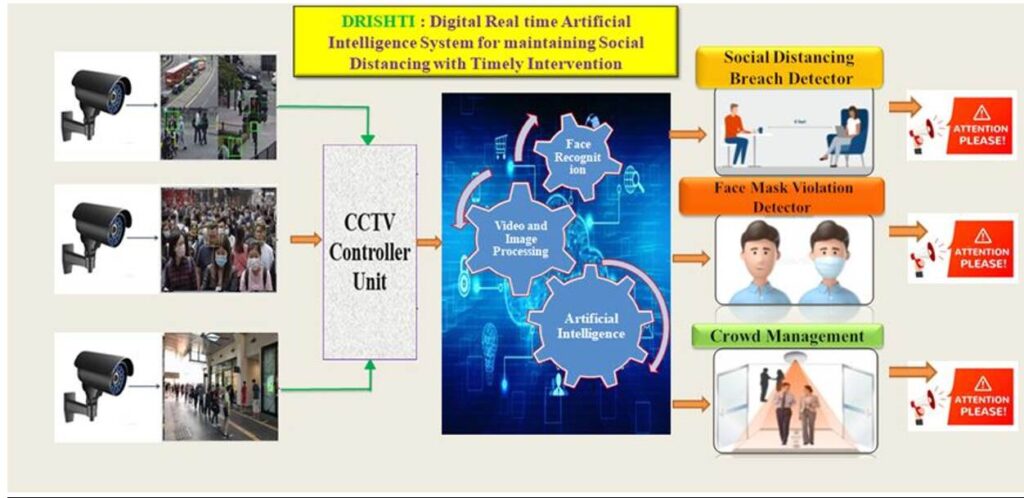
To help the government in keeping itself updated with all three components, Mr. Jakhar and his team devised an application called ‘Drishti’, using AI and face recognition systems, which could sense whether two people in close proximity to each other are maintaining a distance of two yards and wearing a mask or not, and also the number of people around them in a public place.
“This helped us in crowd management as well,” added Mr. Jakhar.
FACING CYBER CRIMES
During the third wave, the officer observed an exponential rise in cybercrimes in the country since so many people had lost their jobs and people from areas like Jamtara were becoming famous for their phishing scams and OTP frauds.

“To do a comprehensive analysis of cybercrime hotspots, we did a 100 per cent sim card verification in those areas, after which, we designed an AI-enabled platform called ASTR. Using that system, we verified over 15 crore sims and got over 15 lakh sims disconnected that were fake,” he shared with Indian Masterminds.
ASTR proved to be so successful that the entire space of cyber-crime syndicates of hotspots Mewat and Jamtara was neutralised in just six months.

